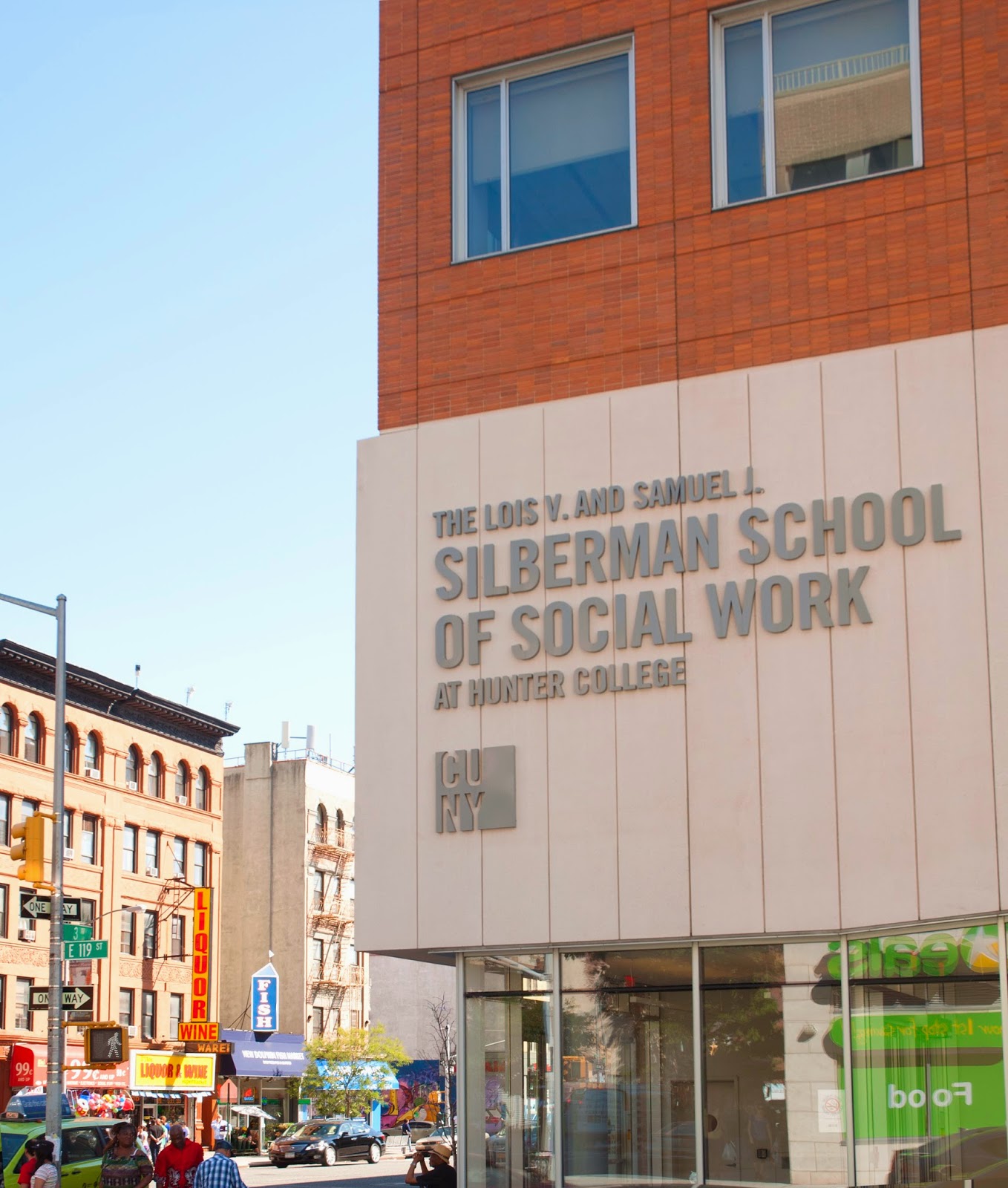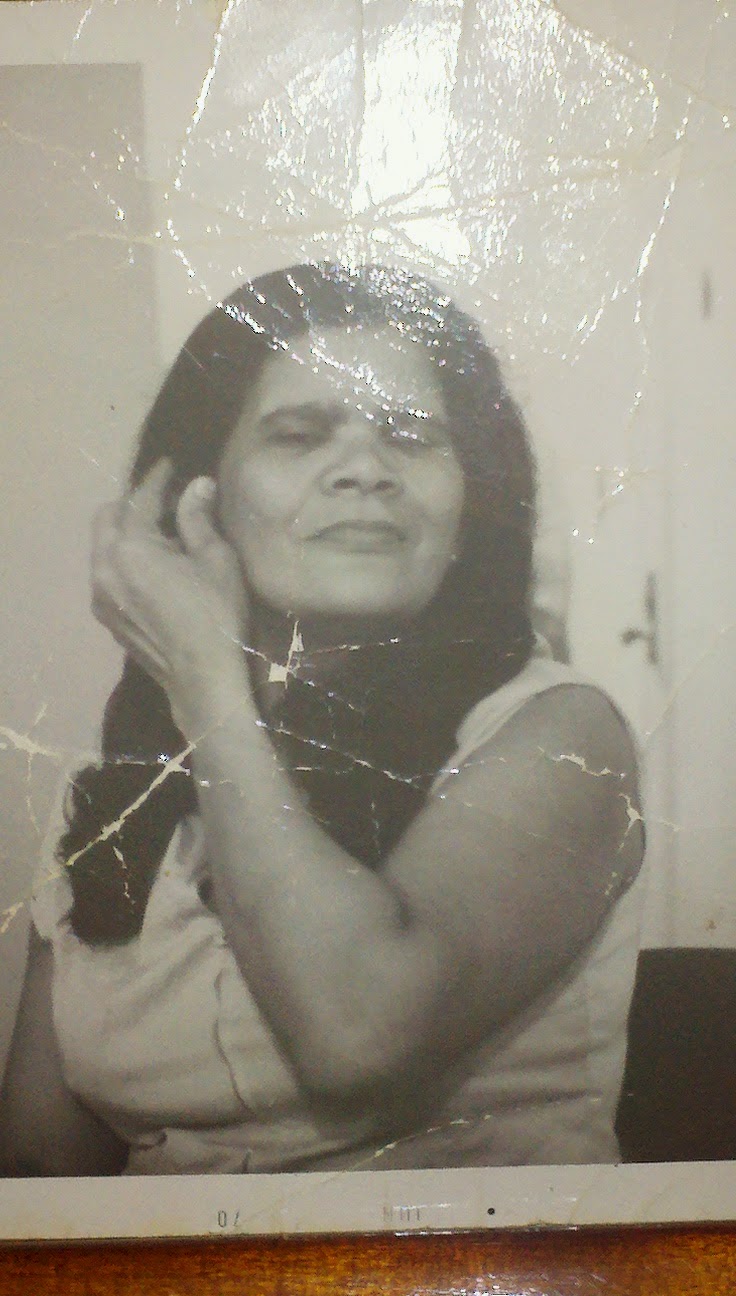My main bias on gentrification is not the pushing out of the poor for wealthier residents. It is the actions landlords take to force the poor out of their native neighborhoods. It is not humane to make a person live in a apartment that is infested with asbestos, because they are late on the rent that was raised due to gentrification. On the contrary, I get it. Gentrification helps neighborhoods with troubled past/present like East Harlem get on the right track. The East River Plaza created jobs for a neighborhood that was starving for more employment.
Nothing is ever perfect. It should not take bringing in a certain demographic of people to rehabilitate a neighborhood, but for now gentrification seems to be the only solution.
Nothing is ever perfect. It should not take bringing in a certain demographic of people to rehabilitate a neighborhood, but for now gentrification seems to be the only solution.
Many outside of the field of art and photography believe photography is just about taking pictures. Working on this project was far more significant than me going outside and snapping shots of buildings. Through this project I have gained knowledge of the term gentrification, my neighborhood, my family history and I have grown closer with the woman who birthed me.





















_by_David_Shankbone.jpg)




.jpg)



